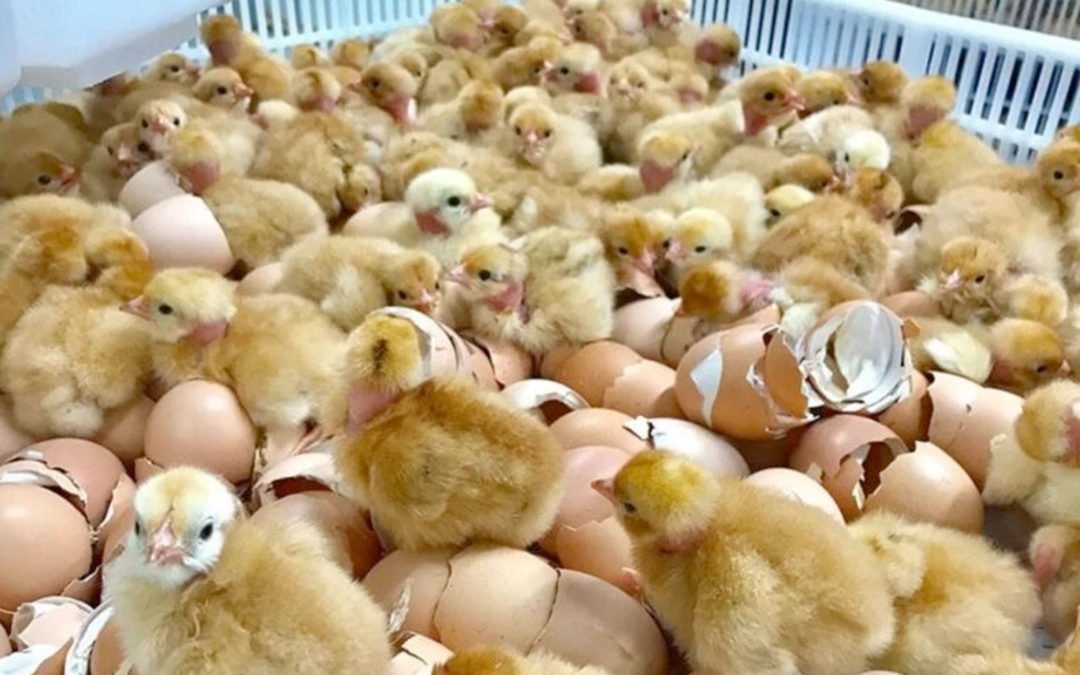In past decades, a large improvement in poultry production has been made due to genetic selection breeding fast-growing broilers strains. These advances in chicken growth rate were not associated with a parallel development of the respiratory, metabolic, and locomotor functions. Fast-growing chickens are sensitive to inflammation, disease, and changes in their environment, which probably results from reduced adaptive capacities. Indeed, broiler chickens have difficulties coping with changes in ambient temperatures. Renwick and Washburn (1982) demonstrated that brooding broiler chicks under cool temperatures (26.7°C vs. 32.2°C) increased mortality and decreased feed efficiency with chicks being particularly sensitive to low temperatures. Under low-temperature conditions, fast-growing chickens have limited capacity to satisfy their oxygen demands, which increases the occurrence of ascites (Olkowski et al., 2005; Druyan et al., 2007).
Mortalities due to ascites syndrome caused severe economic losses up to $1 billion in 1996. Chicks are not yet homeotherms until the end of the first wk after hatching, and the regulation of body temperature and feedback mechanisms are still immature. Mortality rates of chickens were estimated as tripled during the first wk of age compared to the remainder of the grow-out period. Chicks cannot cope with low ambient temperatures without adequate shelter and heating. Therefore, broiler production uses high amounts of energy for heating in the brooding period and has to compensate for the circadian thermal amplitude in the management of rearing temperature.
It was previously demonstrated that heat acclimation during embryogenesis is a technique that confers to broilers the adaptive capacity to cope with high ambient temperatures. This was achieved by changes in thermoregulatory and metabolic mechanisms without major alteration of performance. Specific programs of cold acclimation during egg incubation also were investigated in chickens, improving their cold tolerance in the long term. Shinder et al. (2011) provided evidence that early cold conditioning (2 times 30 min at 15°C during d 18 and d 19 of incubation) improved the ability of broilers to maintain body temperature during later cold exposure. This treatment also increased the body weight of chickens reared at both standard and lower ambient temperatures. Furthermore, Yalçın et al. (2012) showed that cyclically cold thermal manipulation during specific phases of embryogenesis (from d 10 to d 18 of incubation) at 36.6°C and 58% relative humidity (RH) enabled broilers to cope with later cool ambient temperatures without altering growth, despite reducing hatchability. By applying the same treatment, Loyau et al. (2014a) also demonstrated that cold incubation induced modifications in antioxidant pathways, as shown by a higher hepatic catalase activity at hatching. With both cold embryo manipulations, experimental results demonstrated fewer incidences of ascites and a reduction of mortality rates during later cold exposure during the growing phase. These techniques could be interesting in order to increase the robustness of chickens from their first d of life, allowing to decrease ambient temperature in farm buildings at the starting period, especially during the phase when temperature is currently decreased in poultry houses (i.e., until 21 d of age).
Font: https://www.sciencedirect.com/science/article/pii/S0032579119312192
Font: https://www.sciencedirect.com/science/article/pii/S0032579119312192

